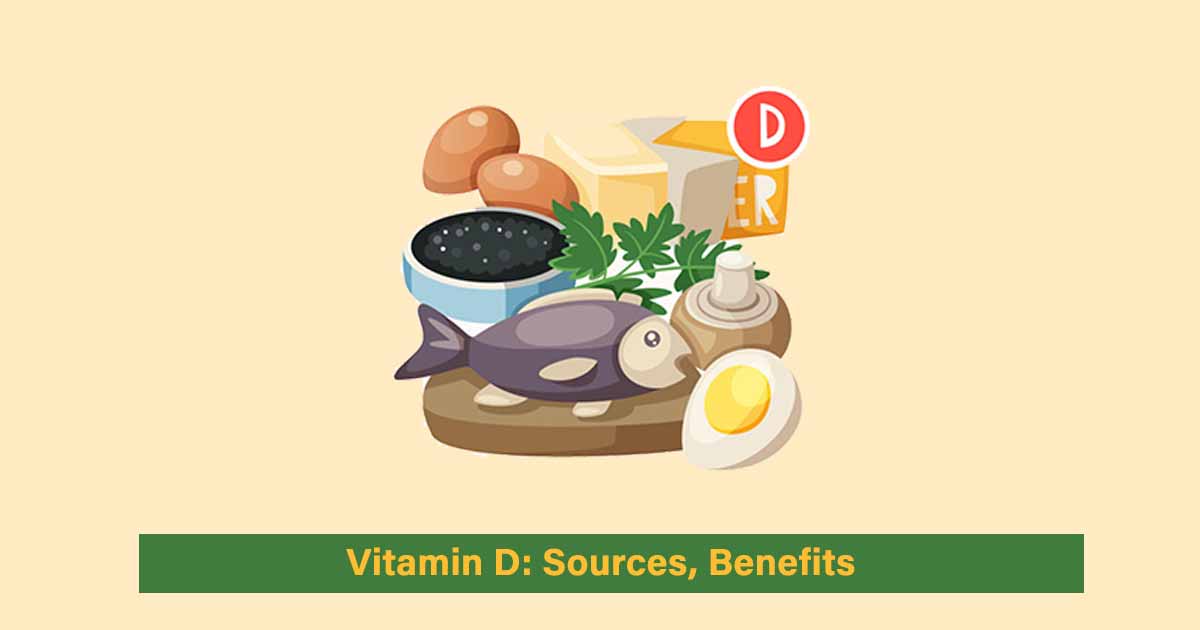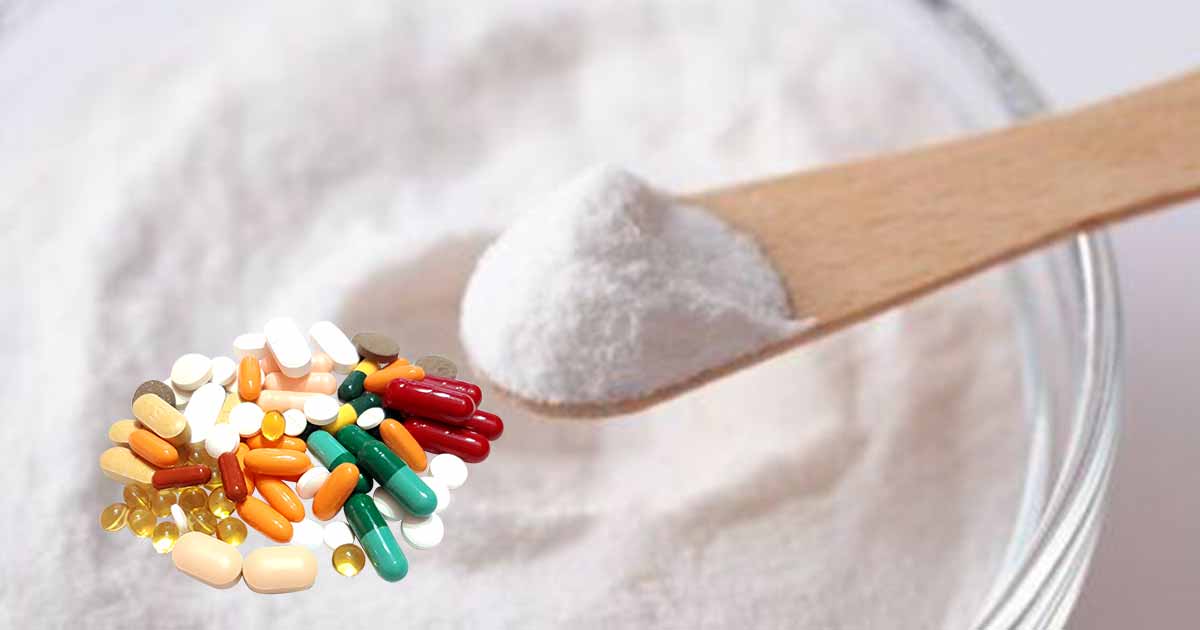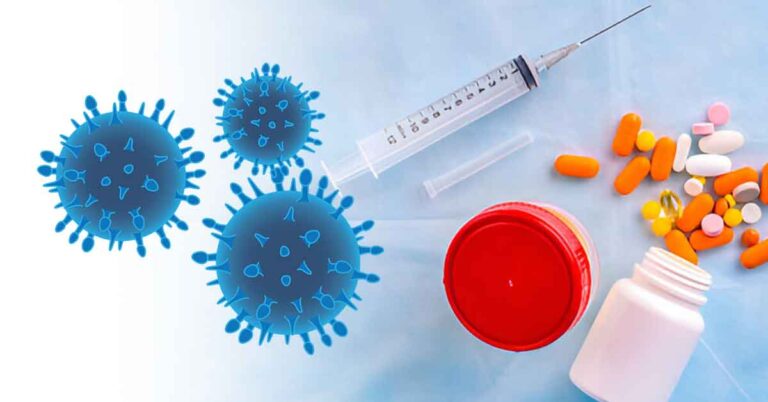Vitamin D is a fat soluble vitamin, alongside other vitamins such as A, E, and K. It is absorbed in the small intestines. Since it is fat soluble, it is easily absorbed when taken with food that contains fat.
The form synthesized in the body is ‘cholecalciferol’ (vitamin D3). Cholecalciferol is synthesized in the skin by the action of ultraviolet B light (UVB). In the absence of enough sunlight during winter or summer, we can obtain the vitamin from dietary sources.
This vitamin helps to regulate metabolism and the absorption of calcium and phosphorus in the body, helping mucoskeletal health.
There are two main forms – vitamin D3 referred to as cholecalciferol, and vitamin D2 is called ergocalciferol. The active metabolite of vitamin D in the body is 1,25-dihydroxyvitamin D.
We express the intake of the vitamin in International Units (IU) or in micrograms (µg), with 1 µg of vitamin D3 equivalent to 40 IU.
Conditions such as intestinal malabsorption disorders that affect how the body absorbs lipids also affect how the vitamin is absorbed. This vitamin rarely stays in the plasma but is taken up by adipose tissues for storage or metabolised by the liver.
Sources of Vitamin D
The two main sources of vitamin D are cutaneous synthesis and dietary sources.
Cutaneous synthesis:
The action of sunlight converts 7-dehydrocholesterol (7-DHC) in the skin of humans and animals to previtamin D3. This previtamin D3 is unstable, and will be converted to the stable vitamin D3. Prolonged exposure to the UVB light converts the previtamin D3 to other biologically inactive lumisterol and tachysterol to prevent accumulation of toxic amounts of vitamin D3.
Cutaneous synthesis is affected by the exposure to UVB radiation to the skin. It is lower in people with darker pigmentation, and older people.
For commercial purposes, vitamin D3 and D2 are synthesized by UVB irradiation of 7-DHC from sheep
wool and ergosterol from fungi.
Dietary Sources:
Natural sources of vitamin D are few. The vitamin, mostly D3 form, is from animal origin such as egg yolk, oily fishes like salmon, sardines, herring, mackerel. Other sources are products from animals such as meat, liver, fat, kidney.
Some leaves of vegetables from the Solanaceae family, such as tomato, potato, pepper, contain vitamin D3 and 7-DHC. However, it is not known if the edible parts of these plants contain it.
Vitamin D2 is rare in foods. Wild mushrooms contain vitamin D2, but cultivated form lacks it since they are mostly grown in the dark.
Vitamin D Fortification
In some countries, such as the US, EU, UK, and Canada, fortification of infant formula with vitamin D is compulsory. In Canada, margarine, milk, fortified plant-based beverages like soy milk, infant formula must be fortified.
In the UK, margarines, fat spreads, breakfast cereals and dried or evaporated milks are fortified on a voluntary basis. Initially, it was compulsory to fortify margarines in the UK.
In the US, most milk, yoghurt, milk substitute, cheese, fat spreads, juices are fortified.
The EU mandates that infant formula must be fortified with this vitamin ((1-2.5 µg/40-100 IU per 100 kcal) and then 1-3 µg/40-120 IU per 100 kcal for the follow up formula.
Vitamin D supplements contain either vitamin D2 or D3. They can also be available as intramuscular injection. The supplements contain up to 250 µg (10,000 IU) of the vitamin per daily dose, while multivitamin supplements contain 5 µg (200 IU) of vitamin D per daily dose.
Recommended Doses of Vitamin D
Both infants, children, adolescents and adults need varying levels of the vitamin. The daily requirement are:
| Age | Daily Requirement |
| 0 – 12 months | 10 mcg (400 IU) |
| 1 – 13 years | 15 mcg (600 IU) |
| 14 – 18 years | 15 mcg (600 IU) |
| 19 – 70 years | 15 mcg (600 IU) |
| 71 – above | 20 mcg (800 IU) |
| Pregnant and breastfeeding mums | 15 mcg (600 IU) |
Pregnancy: The intake of the vitamin is necessary in pregnacy to avoid the deficiency in the mother, fetus, and also prevent neonatal hypovitaminosis. Breast milk is not an adequate source of the vitamin.
Vitamin D Deficiency
Infants and children: In early infancy and childhood (below 3 years), calcium, phosphorus and vitamin D are required for healthy skeletal development. Deficiency of the vitamin will result will delay calcification at the growth plates of the long bones, causing rickets. It also causes accumulation of excess unmineralised osteoid (bone matrix) in all bones. This low bone to mineral ratio in the bone cause osteomalacia.
The deficiency can also affect bone mineral density and peak bone mass.
Adults: In adults, this vitamin maintains healthy bones. The deficiency causes osteomalacia, which appears as muscle weakness and bone tenderness or pain in the spine, shoulder, ribs or pelvis.
Rickets:
Caused by the deficiency of vitamin D, as well as calcium and phosphorus. Main signs are muscle weakness, deformity in the skeleton with bone pain or tenderness. Children with rickets have features of rickets and osteomalacia.
Rickets can also appear in adolescence, though rare.
Am I getting the right quantity of vitamin D?
To check the level of vitamin D in our body, they measure 25-hydroxyvitamin D, a form of the vitamin in the blood. The measurement is either in nanomoles per liter (nmol/L) or nanograms per milliliter (ng/mL). The levels are:
- 50 nmol/L (20 ng/mL) or higher: Good for the body.
- Below 30 nmol/L (12 ng/mL): Too low and may result in weakening of the bones.
- Above 125 nmol/L (50 ng/mL): Toxic level in the body.
Some people may have problems with getting enough vitamin D, they are:
- The elderly, due to decline in the ability of the skin to make the vitamin.
- Infants who are receiving breast milk should be supplemented with 10 mcg (400 IU) of vitamin D, as the breast milk does not have an adequate quantity of the vitamin.
- People who are rarely exposed to the sun, or those who wear sunscreen.
- Dark-skinned people make less of the vitamin from sunlight.
- Obese individuals.
- Crohn’s disease, celiac disease, or ulcerative colitis patients have a problem with absorption of fats. This also affects the vitamin absorption as it absorbed with fats.
- People who have undergone gastric bypass surgery.
Health Benefits of Vitamin D
Calcium and phosphorus regulation:
This vitamin regulates calcium and phosphorus metabolism, which is important for bone mineralisation. Calcium regulation is also important for neuromuscular functions.
Bone structure:
Bone cells such as osteocytes, osteoclasts and osteoblasts are involved in bone modelling and remodelling. Osteoblasts are involved in new bone formation, while osteoclasts are involved in bone resorption processes.
The growth of bones is rapid in infancy, reduces during childhood and peaks again during adolescent growth spurt. In the early 20s, the peak bone mass is reached. Factors such as genotype, calcium regulating hormones, sex hormones, diet, physical activity determine the bone mass.
Deficiency in this vitamin, calcium and phosphorus leads to the formation of weak and poor mineralised bones.
Prevents skeletal disorders:
Vitamin D likewise calcium prevents skeletal disorders such as rickets. It also prevents osteomalacia, a condition that occurs in adults as severe aches in bones, muscle weaknesses causing issues with walking or standing. Osteomalacia also occurs in children with rickets. It may be caused by other conditions, such as kidney or liver damage, that affect metabolism of the vitamin.
Prevention of osteoporosis:
This is another skeletal disorder that occurs with ageing. There is a reduction in bone strength due to bone loss and deterioration in bone architecture. Osteoporosis cause fragility in bones, and fractures in wrist, hips, spine.
It is more common in post-menopausal women as there is a decrease in oestrogen, causing bone loss. This vitamin alongside calcium may be beneficial in preventing osteoporosis. It can also help to reduce fracture and falls in the elderly.
Weight loss:
The vitamin or its supplement has no significant effect on weight loss. In fact, obese people who take vitamin D at doses above 20 mcg (800 IU) per day plus calcium may witness an increase in blood pressure.
Heart diseases:
This vitamin helps to maintain normal blood pressure, blood vessels, healthy heart. Some studies suggest it may help to reduce cholesterol and high blood pressure. However, some studies dispute the claim.
Cancer:
Some studies suggest vitamin D may help to prevent colorectal cancer. However, there are no significant results from studies to show if supplementation with the vitamin has much effects on cancer forms such as breast, prostrate, liver cancers.
Also, studies on skin cancer show that individuals with high serum concentration of the vitamin may be at risk. This may be because high serum concentration suggests high exposure to sunlight.
Depression:
Studies showed a low level of the vitamin in depression. However, there is no evidence of how it can be beneficial in treating depression.
Multiple sclerosis:
People who live in the tropical regions get more sunlight exposure and higher vitamin D levels. They rarely suffer from multiple sclerosis. Studies found links between low levels of the vitamin and risk of developing the disease. However, taking this vitamin does not improve the condition.
Type-2 Diabetes:
This vitamin helps to regulate sugar levels in the blood. However, studies have failed to justify if the vitamin supplementation can curb blood sugar levels, insulin resistance, or hemoglobin A1c levels, or prevent a transition from pre-diabetes to diabetes.
Vitamin D Toxicity
High exposure to sunlight does not necessarily mean excessive production of the vitamin since the body has a way of handling such situation.
High doses of vitamin D can lead to hypercalcaemia (high level of calcium in the serum). Hypercalcaemia result in calcium deposits in soft tissues, demineralisation of bones, irreversible renal and cardiovascular toxicity, and may also lead to hypercalcuria (excessive calcium in urine).
Other adverse effects of excessive intake are an increase in falls and fracture, rate of pancreatic and prostrate cancer, and mortality. Animal studies suggest that a plasma concentration of 375 nmol/L or 150 ng/mL of the vitamin constitutes toxicity.
Adverse effects of vitamin D overdose are nausea, vomiting, pain, muscle weakness, confusion, loss of appetite, excessive urination and thirst, dehydration, and kidney stones. Excessive levels can lead to kidney failure, irregular heartbeat, and even death.
The daily upper limits of vitamin D
| Age | Quantity |
| 0 to 6 months | 25 mcg (1,000 IU) |
| 7 to 12 months | 38 mcg (1,500 IU) |
| 1 to 3 years | 63 mcg (2,500 IU) |
| 4 to 8 years | 75 mcg (3,000 IU) |
| 9 to 18 years | 100 mcg (4,000 IU) |
| 19 years and older | 100 mcg (4,000 IU) |
| Pregnancy/Breastfeeding | 100 mcg (4,000 IU) |
Drug Interactions
Vitamin D supplements interact with drugs such as Orlistat, a weight loss drug that reduces the amount of the vitamin the body absorbs. Steroids such as prednisolone also lowers the level of the vitamin in the body.
It also interacts with cholesterol-lowering statins such as atorvastatin, lovastatin, and simvastatin. Thiazide diuretics raise the calcium levels in the body if you take the vitamin D supplement.
References:
- https://assets.publishing.service.gov.uk/government/uploads/system/uploads/attachment_data/file/537616/SACN_Vitamin_D_and_Health_report.pdf
- https://ods.od.nih.gov/pdf/factsheets/VitaminD-Consumer.pdf
- https://www.nutri-facts.org/content/dam/nutrifacts/pdf/Nutrients-pdf/Vitamin-D-v2.pdf












